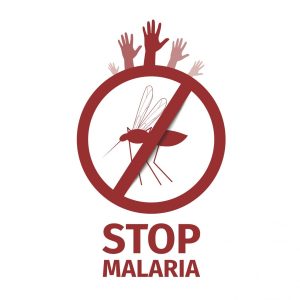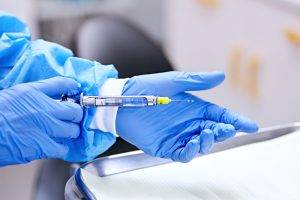COVID-19 transmission mostly occurs through respiratory particles and it can be transmitted from asymptomatic patients as well. Among the several important measures adopted to curb the spread of COVID-19, wearing face masks both indoors and outdoors was one of them. COVID-19 spread can be controlled either by limiting contact of non-infected and infected people using social distancing or by reducing transmission of virus when infected person comes in contact with non- infected person.
How are masks crucial for COVID-19 prevention?
WHO advises everyone to wear mask as part of comprehensive strategy of measures (“Do it all”) to control the spread of COVID-19. Wearing mask when stepping out of the house, or even inside, is beginning to be the new normal. While masks alone will not prevent the spread of the virus, combined with social distancing and hand hygiene it will definitely be able to lower the rates of infection. In situations where it is difficult to practise social distancing (e.g. grocery stores, crowded localities, slums), wearing mask will be beneficial for unvaccinated people. Wearing masks will also prevent one from getting in contact with asymptomatic COVID-19 patients. CDC recommends wearing masks in indoor public places and crowded outdoor places, by everyone 2 years or older who is not fully vaccinated or has weak immune system. Masks reduce transmission of infected respiratory particles in the surroundings, thereby controlling the source of disease spread. For high efficacy, masks need to be used, stored, cleaned and disposed off properly.
Points to keep in mind while wearing masks
- Keep your hands clean while wearing, removing or even touching masks.
- The mask should cover your mouth, nose and chin.
- All medical masks should be disposed off after single use, and those made of fabric should be washed off separately.
- Masks with valves should not be used.
What are the different types of masks available in market?
WHO recommends use of three types of masks:
- Reusable non-medical masks which comply with regulatory standards such as the ASTM F3502 standard, CEN Working Agreement 17553, or WHO approved. These masks have specific label on them to validate their authenticity.
- Disposable medical masks comply with medical masks standards, and are known as surgical or procedure masks.
- Other types of well-fitting non-medical masks such as home made multilayered masks made of cloth.
Surgical masks are made to prevent large particle droplets from entering your respiratory tract but provide less protection due to their loose fitting. CDC recommends the use of two layered (i.e. both surgical and cloth) mask for better protection. One should wear disposable masks underneath and cloth mask above it. While choosing a mask, keep in mind that it should fit well without any air gaps. Air should not flow from the sides of the mask, and in a properly fitted mask warm air will come through the front of the mask.
Another category of protective device is a respiratory face mask which filters out the droplets and particles in air. Examples include N95, KN95 or KF94 masks which were mostly used by the medical professionals during the COVID-19 pandemic. These respirators fit perfectly on face and seal the face from all sides. Both respirators and face masks are designed to provide protection against the airborne particles.
Efficacy of current masks against highly infectious omicron
The ever rising cases of COVID-19 due to the ongoing omicron variant is a cause of concern for the world. In view of these cases, the governments all over the world are now re-evaluating the efficacy of masks. One needs to follow the complete guide to masks as issued by various governments. Concerns over the use of cloth masks without any filter mechanism is being raised as they do little protection from virus contamination. All healthcare experts are recommending use of triple layered masks for better protection from Omicron variant. Indian Council of Medical Research (ICMR) has clearly laid guidelines on the use of masks in medical environment as well as in public areas amidst rising Omicron cases and emphasises on wearing triple layered masks (non-woven 3 ply masks with filter in between) or N95 respirators. CDC has also updated its mask recommendation amidst Omicron variant which is highly infectious and spreading at an exponential rate. In their notice, CDC has highlighted the significance of wearing mask correctly and consistently. The increasing order of level of protection from various kinds of masks is; loosely woven single layered cloth mask< multiple layered woven cloth< proper fitted disposable surgical mask, KN95s< NIOSH approved respirators (N95s).
Conclusion
Amidst the rising omicron variant which has already been declared as a variant of concern, it is crucial for public to follow proper hand hygiene and wear properly fitting masks which act as barrier for airborne contaminated particles.











